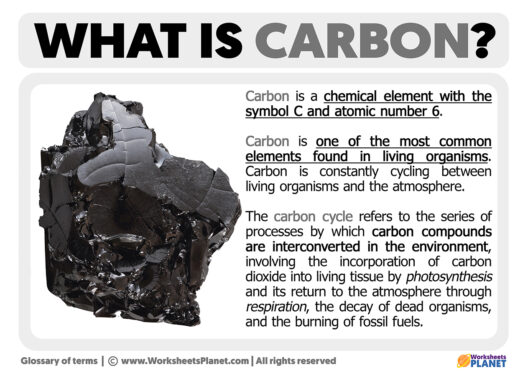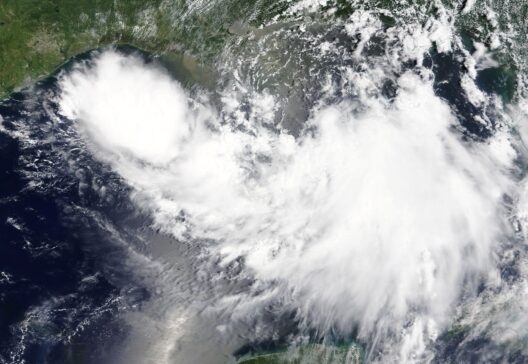In the realm of thermodynamics, the concept of energy conservation is akin to a steadfast lighthouse, guiding researchers and practitioners through the stormy seas of energy transfer phenomena. One particularly captivating manifestation of energy dynamics occurs during the evaporation process. Here, we dive into how to demonstrate the tenets of energy conservation, specifically through the prism of evaporation—an awe-inspiring interplay between matter and energy.
At its core, evaporation is the process whereby liquid turns into vapor. However, it is also a remarkable demonstration of the conservation of energy principle, which states that energy cannot be created or destroyed but can only change forms. Within this dynamic, we start to illuminate the metaphoric landscape: imagine a vast ocean under the scorching sun. Rays of sunlight penetrate the surface, invigorating water molecules, providing them with the energy needed to break free from the surface tension and embark on a journey into the atmosphere as vapor. This bounteous exchange between energy sources and matter underlines a fundamental truth: transformation rather than extinguishment.
To appreciate the complexities of this transformation, it is essential to first understand the underlying mechanisms at play during the evaporation process. At the microscopic level, individual molecules within a liquid exhibit a range of kinetic energies. Some molecules, endowed with sufficient energy—often derived from ambient heat—tend to escape into the vapor phase. This transition is contingent upon variables such as temperature, surface area, and atmospheric pressure. Each of these factors holds significance, creating a kaleidoscopic effect on the overall efficiency of the evaporation process.
In demonstrating conservation of energy, one begins by measuring the amount of energy input into the system. This energy can stem from various sources; solar radiation, electrical energy, or even geothermal sources. The initial step involves calculating the heat energy supplied to the liquid. Using the formula ( Q = mcDelta T ), where ( Q ) represents heat energy, ( m ) signifies mass, ( c ) embodies specific heat capacity, and ( Delta T ) denotes the change in temperature, researchers can quantify how much energy the liquid has absorbed. This step is akin to recording the downpour before a plant begins to grow—truly pivotal.
As evaporation ensues, the nature of energy shifts from thermal to kinetic. The engendered vapor carries away energy as it disperses into the atmosphere. The latent heat of vaporization—a critical concept within this framework—injects depth into our understanding. The amount of energy required to convert a unit mass of a substance from liquid to vapor without changing its temperature is significant; thus, while the water molecules escape, they rob the liquid of thermal energy, resulting in a lowering of the temperature of the remaining liquid. The pivot from liquid to gas encapsulates the essence of conservation—energy is not lost but rather redistributed.
To validate this conservation claim, one can employ the principle of calorimetry. By setting up a controlled experiment, one can carefully measure the temperature changes within both the evaporating liquid and the surrounding environment. By employing a calorimeter to capture these fluctuations rigorously, one sees a direct correlation between the energy absorbed during the heating phase and the energy released during evaporation. This empirical data fortifies the concept that energy remains conserved throughout the process, masquerading simply in different forms as it ebbs and flows.
Let us delve deeper into the implications of this conservation phenomenon. During practical scenarios—like large-scale agricultural practices or cooling systems—understanding evaporation’s energy dynamics is indispensable. Farmers, harnessing knowledge of local climates, can optimize irrigation strategies to maximize crop yields while minimizing water loss. This delicate equilibrium mirrors the conservation principle, as energy utilized for irrigation indirectly promotes sustainable practices. Thus, the power of evaporative processes unfurls a tapestry of potential solutions against climate change, providing both economic and environmental benefits.
Additionally, examining evaporation through the lens of sustainability yields further insights. The challenge faced by modern societies is not just conserving energy but also integrating sustainable practices. For instance, evaporative cooling systems, which exploit the energy required for the evaporation of water, can cool buildings without relying heavily on electricity. This practice illuminates the pathway toward greener infrastructures, demonstrating the multifaceted utility of energy conservation principles.
Finally, the poetic reminder of conservation can be seen as a philosophical adage. Just like water cycles through evaporation and precipitation, so too does energy transition between states. As each molecule ascends to become vapor, it is crucial to recognize that none are lost—only transformed. This profound cycle exemplifies the intrinsic balance maintained within our universe. Investments in understanding these principles not only foster scientific inquiry but also cultivate the seeds of environmental stewardship.
In conclusion, proving the conservation of energy in evaporation processes transcends mere experimental demonstration—it is an expedition into the intricate web of natural processes. By embracing the intricacies of energy conversion and the significant implications it holds for sustainability, we gain not only a profound understanding of thermodynamics but also a vital framework for addressing the pressing challenges of climate change. The dance of molecules, like a storyline in the epic saga of our climate, reminds us that the conservation of energy is an enduring truth woven into the fabric of our existence.








